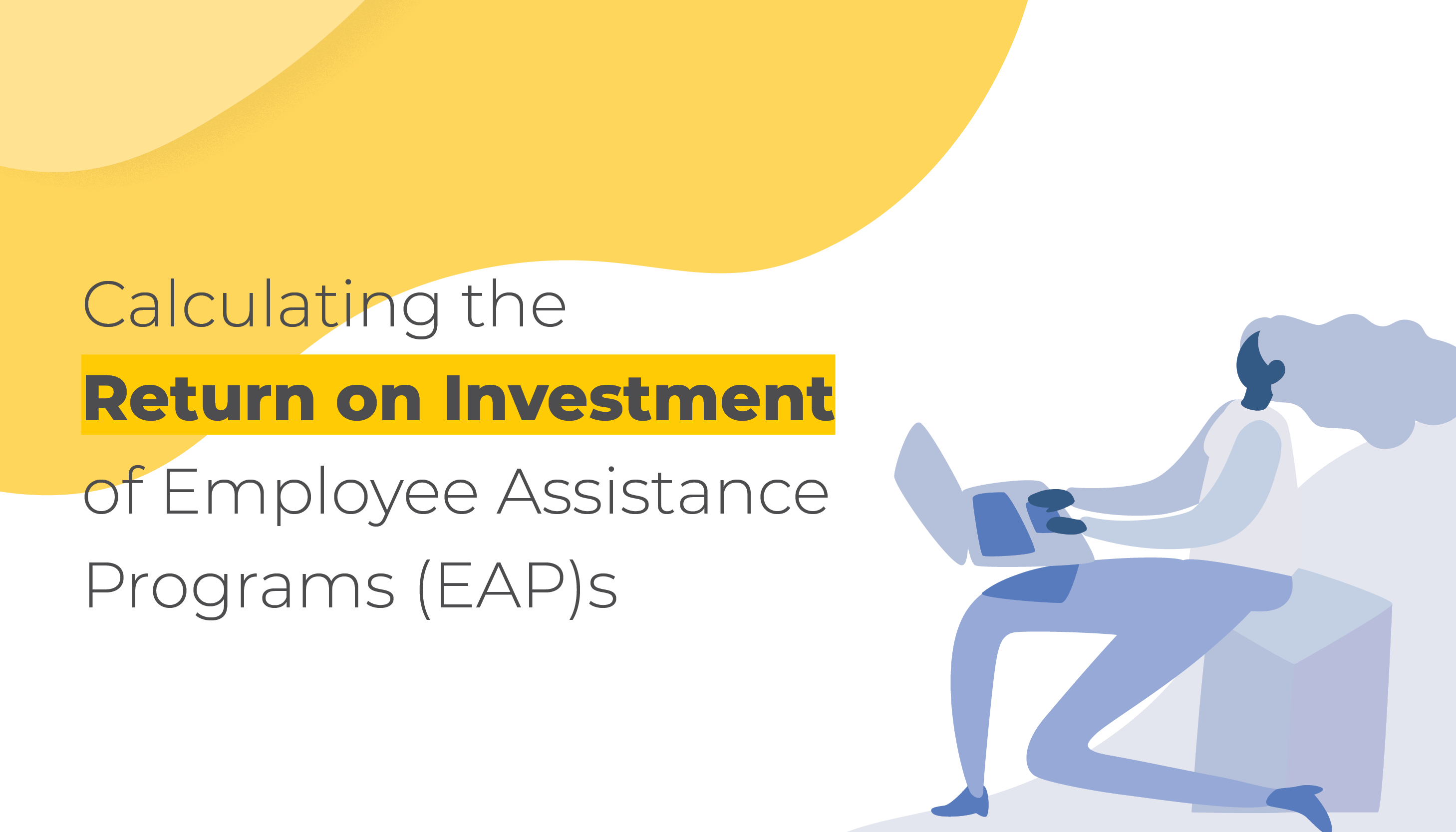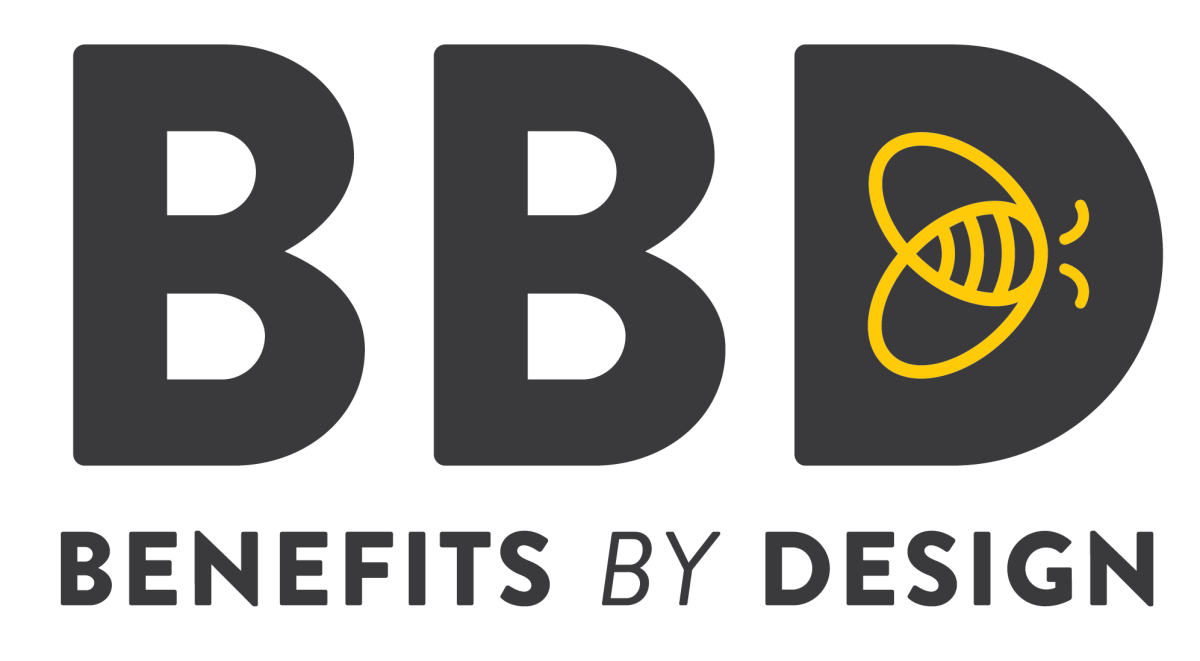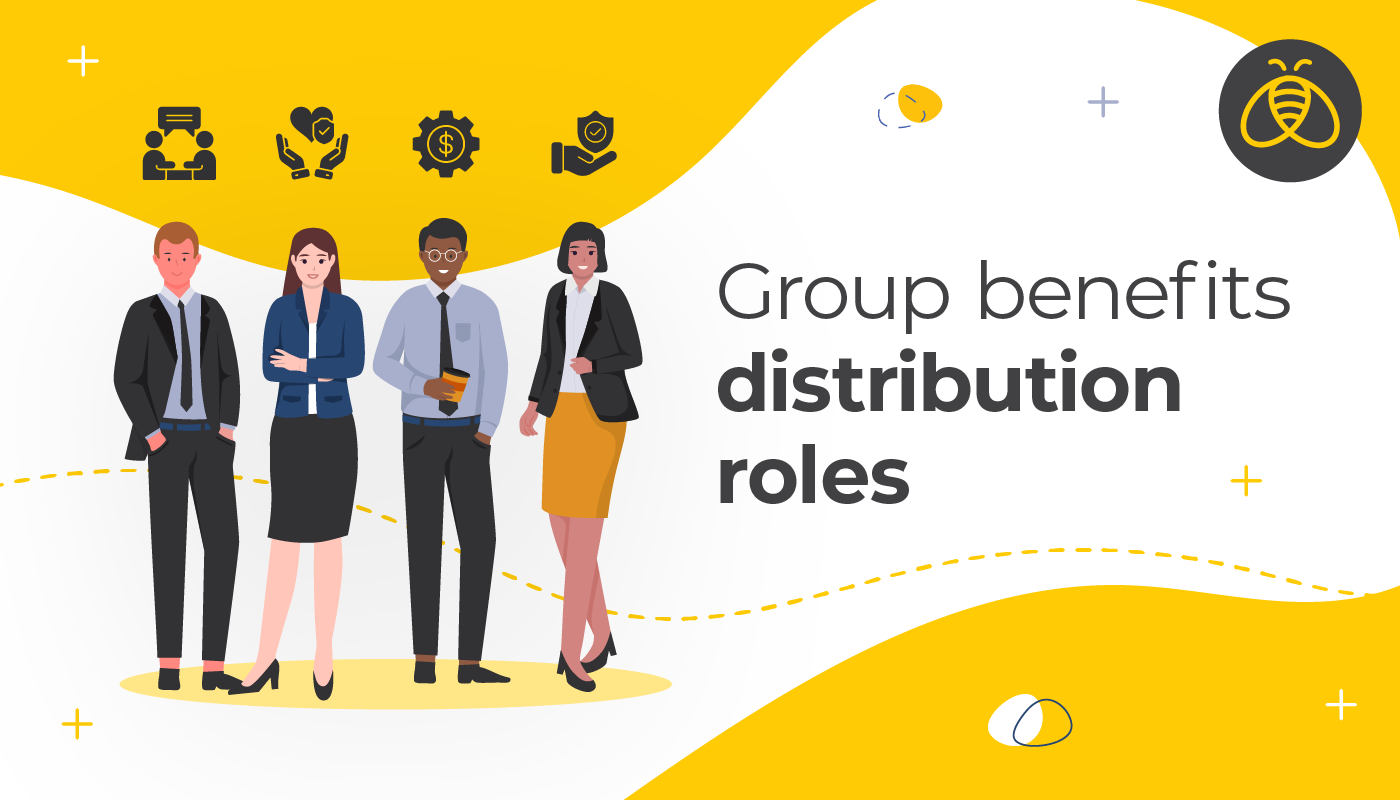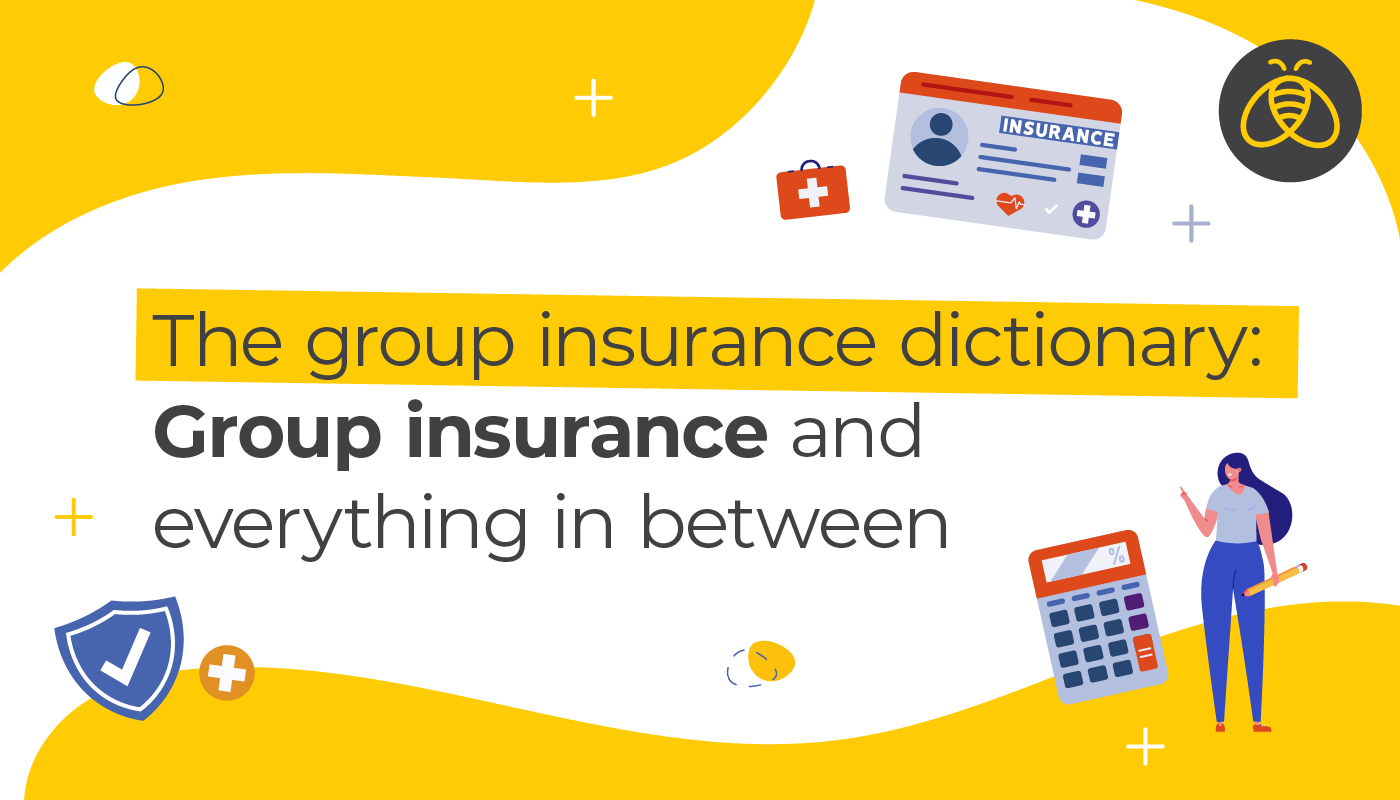Calculating Return on Investment of Employee Assistance Programs (EAP)s
By: Benefits by Design | Tuesday February 8, 2022
Updated : Monday August 21, 2023
Canada is undergoing a serious mental health crisis that is exacerbated by the ongoing global pandemic. We’ve talked about it a lot on this blog. In response, many Canadians are looking to their employers’ benefits plans for mental health support, resources, and services.
We’ve seen Insurers increase mental health offerings in benefits plans, and employers taking on new, innovative coverages like Employee Assistance Program (EAP)s. But one question remains: is it working?
In this post, we’ll take a closer look at the return on investment (ROI) of mental health support in the workplace for the average Canadian business, and the different ways in which employers can impact success.
[Report] Industries with High and Low Employee Assistance Program (EAP) Uptake
Establishing the Basics
Here, we’re going to establish the basis for our ROI calculations and where the data has come from. If you’re eager for the ROI calculation, you can trust our established basics and skip this section.
- Employer Size — According to Statistics Canada, nearly 75% (73.6%, to be exact) of Canadian businesses have between 1 and 10 employees. Interestingly, 97.9% of all businesses in Canada are considered small business enterprises (SME)s, meaning they have between 1 and 99 employees. For our ROI example, we’ll use 10 employees.
- Employee Income — In 2019 (the last date the data was available), 72.7% of Canadians earned an income between $10,000 and $49,999. For simplicity, we will use $50,000 as our example.
- Cost of Daily Employee Absence — A salaried employee making $50,000/year has a daily absence cost of approximately $200.00 ($50,000/251 workdays in a year = $199.20).
- Cost of an Employee Assistance Program (EAP) — An EAP is typically charged on a per employee basis, per month. Though costs amongst Insurers may vary, this amount has generally proven to be between $3.00 or $4.00 per employee. Let’s split the difference and use $3.50 per employee per month as our basis.
- Mental health is a leading cause of disability — Mental health is a leading cause of disability in Canada. It also accounts for 70% of total disability costs. Disability leaves as a result of mental health afflictions have worsened during COVID-19 and its impacts are expected to continue.
It should be noted that these calculations are very basic examples using averages. Our purpose here is not to be entirely precise to the exact dollar or number, but instead to illustrate broadly the varying costs of solutions versus what they return to employers in value.
Calculating the Return on Investment (ROI) of EAPs
EAPS are one of the most frequently talked about solutions for employers when mental health support is brought up. A study from Morneau Shepell concluded that for every $1.00 invested in an EAP, the program provided more than eight times that as a return on investment.
Let’s put it to the test, shall we?
Calculating the Cost of an EAP Program
Firstly, we’ll need to calculate the total cost of an EAP program for our example employer. Using our basics established above, we can calculate the annual cost of an EAP program per employee:

Nearly 75% of employers in Canada have 10 or less employees. For simplicity, we’ll use 10 employees as our example. It’s a simple calculation, so you can input a different number of employees to calculate the cost of our example EAP for your own business.

For our example, an employer with 10 employees would have an annual cost of $420.00 to offer an EAP program. But is it “worth it”? Well, let’s phrase it another way: “Would you spend $420.00 a year to protect and support all of your employees’ mental health?”
When you phrase it like that, it doesn’t seem like such a steep investment after all. Particularly when we begin calculating the return!
Calculating the Return
Let’s look at a couple simple examples to illustrate the value of an EAP.
ROI Through Reduced Employee Absences
The connection between mental health and absences from work is clear.
Earlier, we established that the daily cost of an employee’s absence who is making $50,000 is approximately $200.00. We also learned that the annual cost of an EAP program per employee is $42.00. So, if the mental health support and service of an EAP program prevents even one day’s absence, we’ve exceeded the cost of their absence more than four times over.
The Return on Investment for Employee and Family Assistance Programs, conducted by Morneau Shepell, is the largest Canadian study to assess the impact of EAPs and their productivity. The study concluded that 46% of employees reported that they would have lost time from work were it not for the support received through the EAP. In addition, one-third of those employees stated that they would have been off work for more than 20 days if not for the support received from their EAP.
A similar study found that 29% of employees reported missing a half day or more of work time, which was reduced to 23% after three months of counselling.
How an Employee Assistance Plan (EAP) Improves Mental Health
ROI Through Increased Productivity
Employees mental health impacts productivity and engagement, but what improvements are seen when an EAP is involved? The 2020 Workplace Outcome Suite (WOS) Annual Report, a collaborative effort between Morneau Shepell and the Employee Assistance Professionals Association (EAPA), has some interesting findings related to this.
- 56% of employees reported that their mental health issue was making it difficult to concentrate at work (reduced to 28% after three months of counselling).
- 32% reported not being engaged in their work (reduced to 23% after three months of counselling).
This same study concluded that, in the United States, the estimated ROI for EAP counselling ranged from:
- 3:1 for small size employers,
- 5:1 for medium sized employers;
- 9:1 for large size employers.
It also reported cost-savings per employee ranging from $2,000 – $3,500, due to reductions in work presenteeism and absenteeism. Notably, a breakeven 1:1 ROI was possible even at a very low utilization rate (1 EAP counselling case per every 100 employees).
Low Employee Utilization of EAPs
While all of the above regarding the excellent ROI of EAPs is true, there is a caveat. ROI is calculated based on employees who are using the service, and utilization of EAPs remains low. A mixture of persistent mental health stigma and lack of employer buy-in and communication are the likely culprits.
In an upcoming blog post, we’ll discuss the utilization of EAPs further and showcase how workplaces can truly embrace EAPs. Fostering a workplace that prioritizes mental health for the betterment of employees and employers both will be key.
In the meantime, why not evaluate your benefits communication strategy? The methods and frequency with which employers communicate their benefits have direct impacts on how frequently they’re used!


